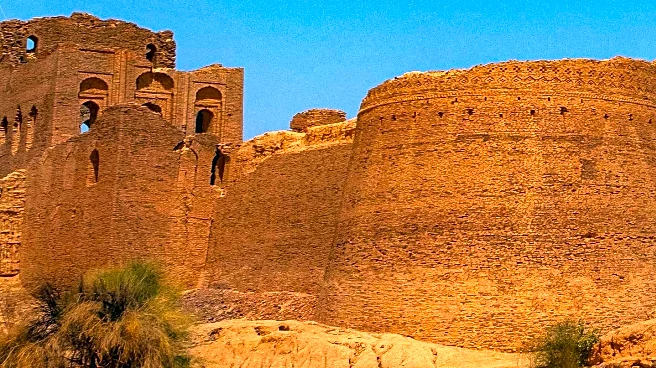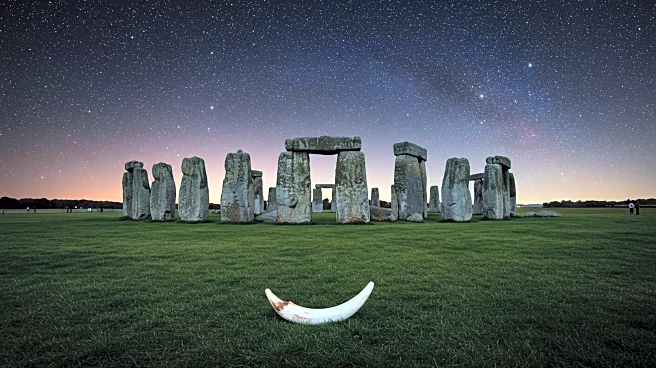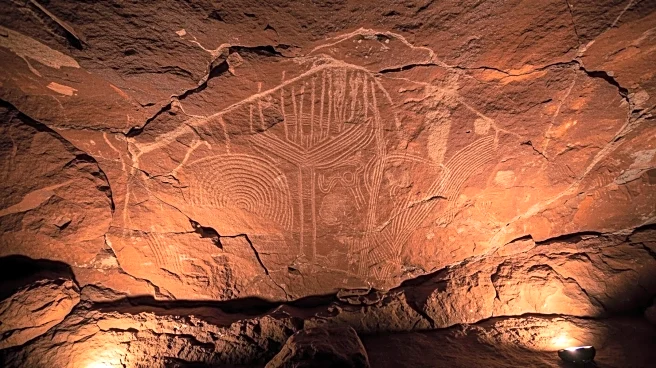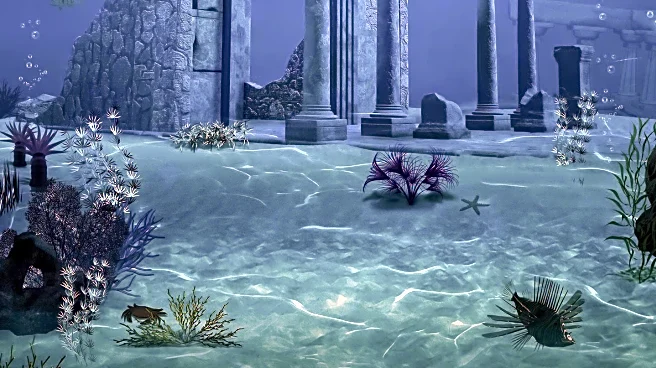Rapid Read • 8 min read
Researchers have discovered a 5,000-year-old fortification in the forests of Neamț County, Romania, using advanced LiDAR technology. This noninvasive method allowed archaeologists to capture detailed images of the ancient structure, which dates back to the transition from the Neolithic period to the Bronze Age. The use of drones equipped with LiDAR enabled the team to penetrate dense vegetation and reveal the fortification's layout. The study highlights the importance of modern technology in archaeological research, as it provides insights into the complexities of ancient sites that are otherwise difficult to access. The project was a collaborative effort involving Geocad Services, Geo Edu Lab, and the National Institute for Research and Development for Earth Physics.
AD
The discovery of the ancient fortress using LiDAR technology underscores the transformative impact of modern tools in archaeology. This advancement allows researchers to explore and document historical sites with unprecedented accuracy, potentially leading to new insights into ancient civilizations. The ability to uncover such sites without disturbing the environment is crucial for preserving historical integrity. This technological approach not only enhances our understanding of past human activities but also opens up possibilities for discovering other hidden archaeological treasures worldwide. The findings could influence future archaeological methodologies and encourage the integration of technology in historical research.
The success of this project may lead to increased use of LiDAR and similar technologies in archaeological explorations globally. Researchers might focus on other regions with dense vegetation or challenging terrains, where traditional methods have been less effective. The collaboration between academic institutions and private companies, as seen in this project, could become more common, fostering innovation and resource sharing. Additionally, the findings from this study may prompt further investigations into the social and cultural aspects of the communities that built such fortifications, providing a deeper understanding of their historical significance.
The use of LiDAR technology in archaeology raises questions about the ethical implications of technological interventions in historical research. While it offers noninvasive exploration, it also challenges traditional archaeological practices. The balance between technological advancement and the preservation of cultural heritage will be a critical consideration for future projects. Moreover, the collaboration between a former teacher and student in this project highlights the importance of mentorship and knowledge transfer in scientific research, potentially inspiring similar partnerships in other fields.
AD
More Stories You Might Enjoy











